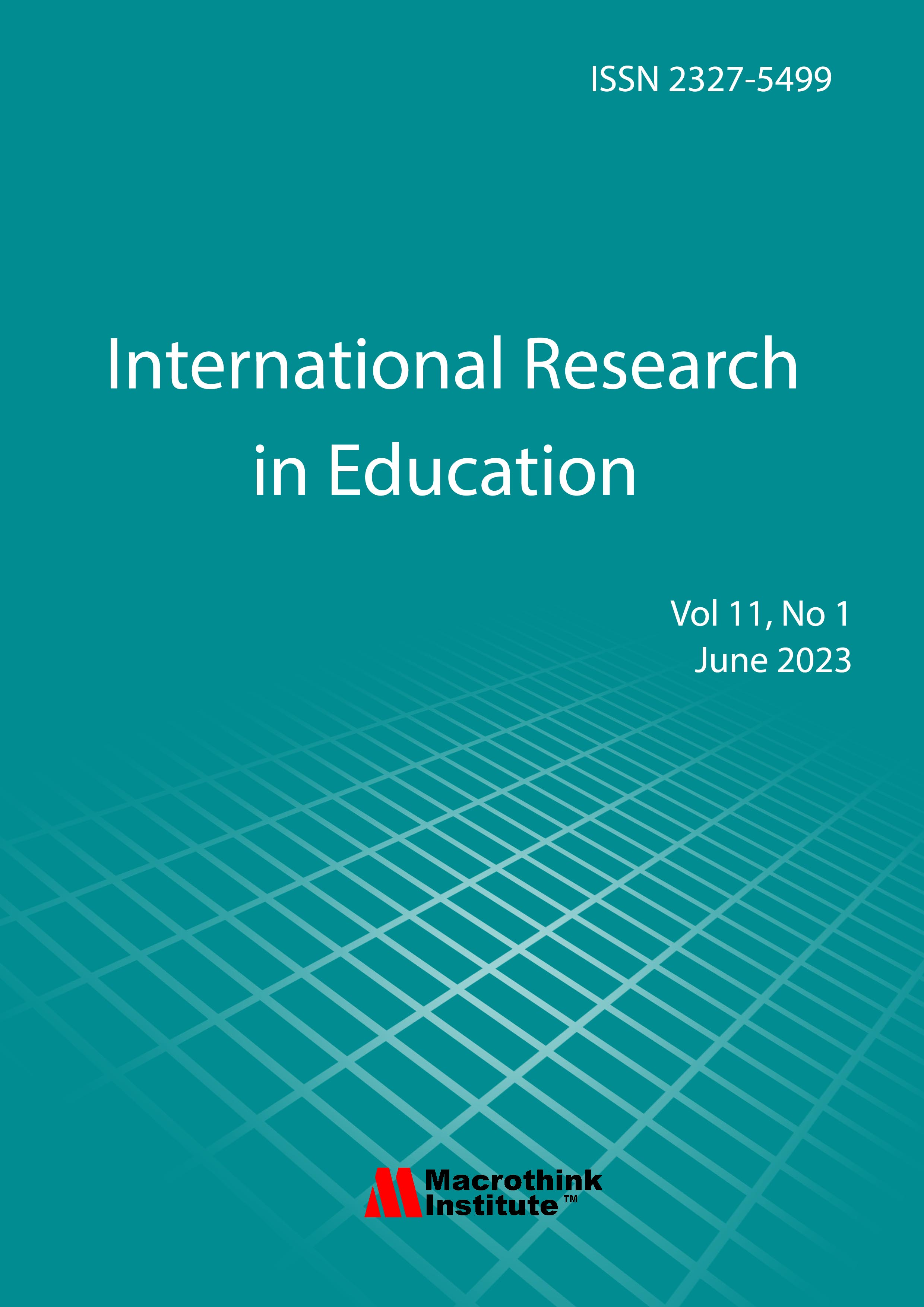A Review of Blended Learning after the COVID-19 Pandemic
DOI:
https://doi.org/10.5296/ire.v12i1.21849Keywords:
COVID-19, students, blended learning, teachers, digital technology, pandemicAbstract
Blended learning (BL) is a combination of traditional face-to-face teaching and online learning methods. It is a very efficient alternative in post COVID19 era and it offers a solution to keeping safe distancing warranted by the COVID-19 pandemic. Blended learning harnesses the technological developments of the digital age while preserving the indispensable human factor and the advantages of face-to-face interaction intrinsic in the longstanding classroom setting. By harnessing the potentials of online and offline learning approaches, BL has become the most suitable option especially in higher institutions as it fosters independence in learning and brings about more meaningful learning experiences. Blended learning offers several academic advantages to both teachers and students among which are flexibility, student motivation, cost effectiveness, personalized learning experience, and improved academic performance. In addition, this learning method accurately fits the requirements of the post COVID-19 era while promoting students’ essential 21st century abilities like problem-solving skills, information literacy skills as well as critical thinking skills. However, educational institutions have encountered a number of challenges in the implementation of blended learning. These include technological literacy and competence, students’ isolation, technological complexity and technological sufficiency challenges. Regardless of these challenges, the several advantages inherent in blended learning made it a useful educational tool during the COVID-19 pandemic and in the post COVID-19 era.




